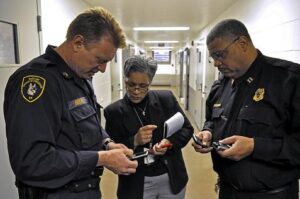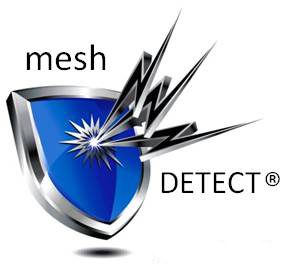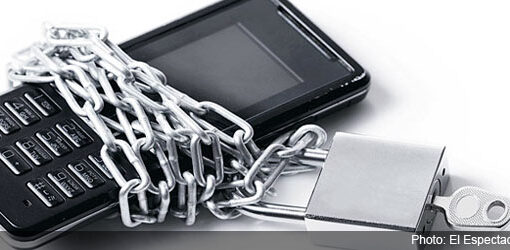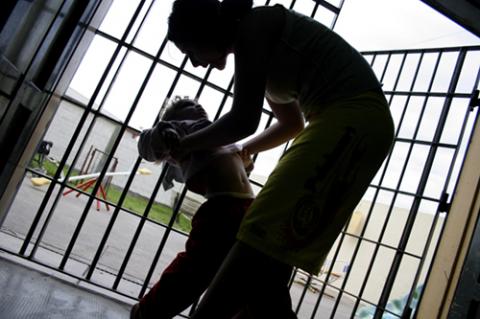 This article demonstrates that contraband prison cell phones are a problem around the world. Also, that jamming prison cell phones can work in tandem with a secure cell phone service by only allowing the authorized prison cell phones to place calls through the jammer.
This article demonstrates that contraband prison cell phones are a problem around the world. Also, that jamming prison cell phones can work in tandem with a secure cell phone service by only allowing the authorized prison cell phones to place calls through the jammer.
The striking thing about mobile phones in American prisons is not that they exist—though they do, in great numbers—but the ingenuity used to get and keep them. There are the usual entry methods: from visitors, corrupt guards or in packages hurled over the fence. But phones often take more exotic paths. In South Carolina a potato gun was used to fire phones over prison walls from a distance of a third of a mile. In Mississippi a suspiciously heavy and bounceless basketball in the recreation yard was found to contain 19 phones and chargers.
Mobile phones in prison have been used not merely to continue criminal enterprises, but also to arrange hits on witnesses, corrections officers and rival gang members, and to procure drops of other contraband over prison walls. They also represent the loss of a good deal of revenue for state prison systems: the people whom inmates call on ordinary phones generally pay high connection and per-minute fees. In many states a portion of those fees goes to the prison system. Between 2007 and 2009, for instance, the number of calls made using Mississippi’s prison-phone system fell from 296,446 to 146,855, and the revenue thus derived declined nearly 31%.
Some state prisons would like to try jamming. This is done in a few other countries, including India and New Zealand, but it is illegal in America. (Exceptions have been carved out for some federal agencies at specified times; during Barack Obama’s inauguration, for instance, mobiles were jammed along the parade route.) The CTIA, an advocacy group for the wireless communication industry, says jamming is too blunt a tool: it is hard to jam mobile phones throughout an entire prison without extending the effects outside the prison walls, and rendering the phones of prison staff and emergency responders ineffective as well. Others dispute these charges; they say the jamming radius could be calibrated to end at the prison walls. A bill to allow state prisons to jam mobile phones has passed the Senate but languishes in the House, and it is unlikely that the exceptions sought by state corrections commissioners will be granted.
So they have turned to other means. This summer one of Mississippi’s prisons installed a system known as managed access—the first such installation in a mainland American prison, though a prototype has been tested in Puerto Rico. Managed access—developed jointly by Tecore Networks, a network-infrastructure firm, and Global Tel*Link (GTL), which provides communications tools to prisons—blankets an area in a radio-frequency umbrella that captures all mobile-phone calls made within it.
If the call comes from a number that has been pre-approved, such as a warden or guard’s phone, the system sends the call out to a commercial carrier, which completes it just as it would a call on the outside. But if a call comes from a number that has not been approved, the system blocks it. It does not block 911 (emergency) calls, nor does it disrupt calls in progress that happen to pass through the umbrella’s edges, such as one a civilian might make while driving on a road near a prison. The system retains details of the handset and SIM card attempting illicit calls for subsequent blocking. In its first month of operation in Mississippi the system has already blocked no fewer than 216,320 calls. Bad news for the potato guns.
- Blockchain System for Compliant Inmate Transactions - March 4, 2025
- Securus Gets the Signal, Eleven Years Later - August 23, 2024
- Multi-Blockchain System for Inmate Forensics - April 2, 2024




